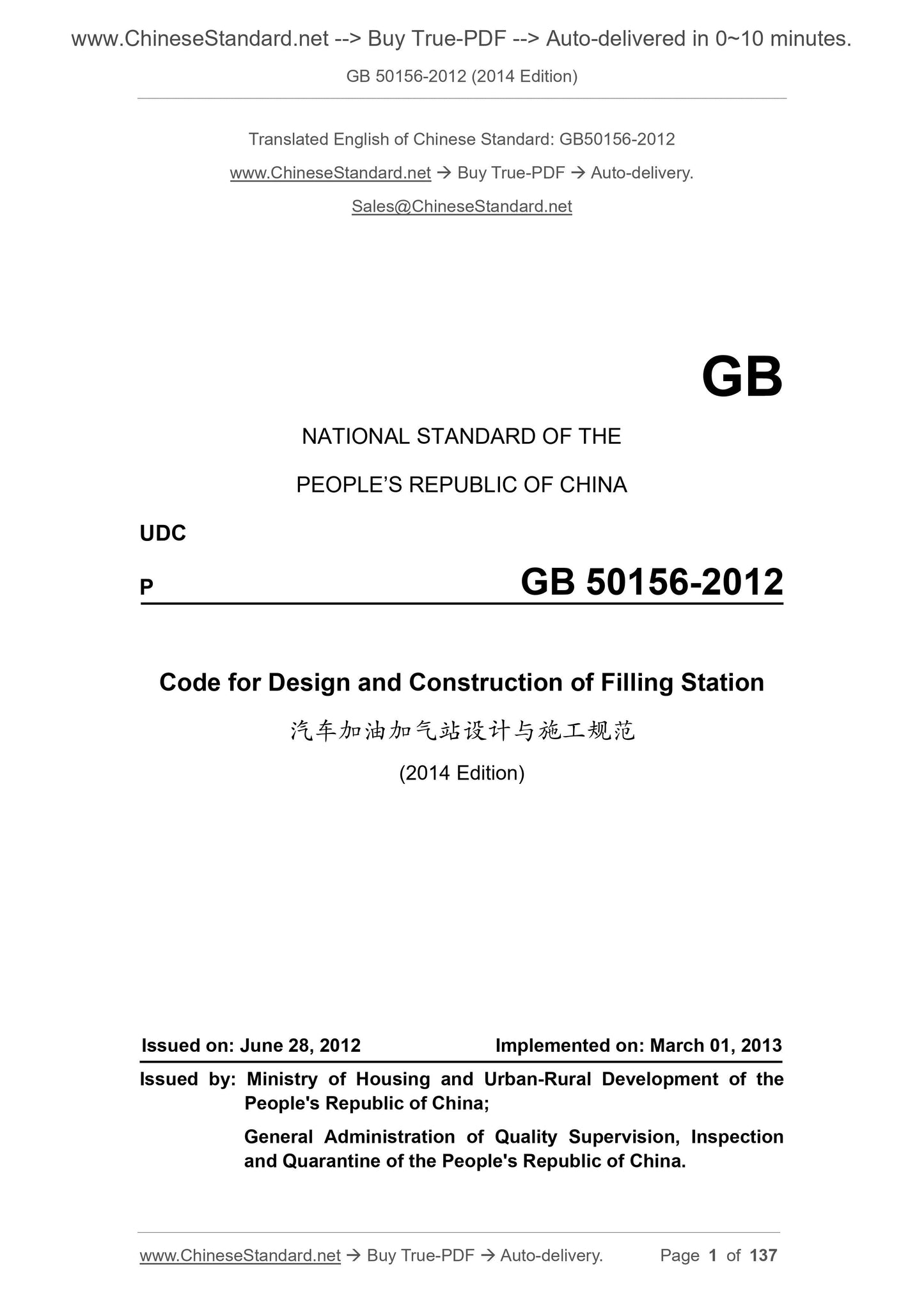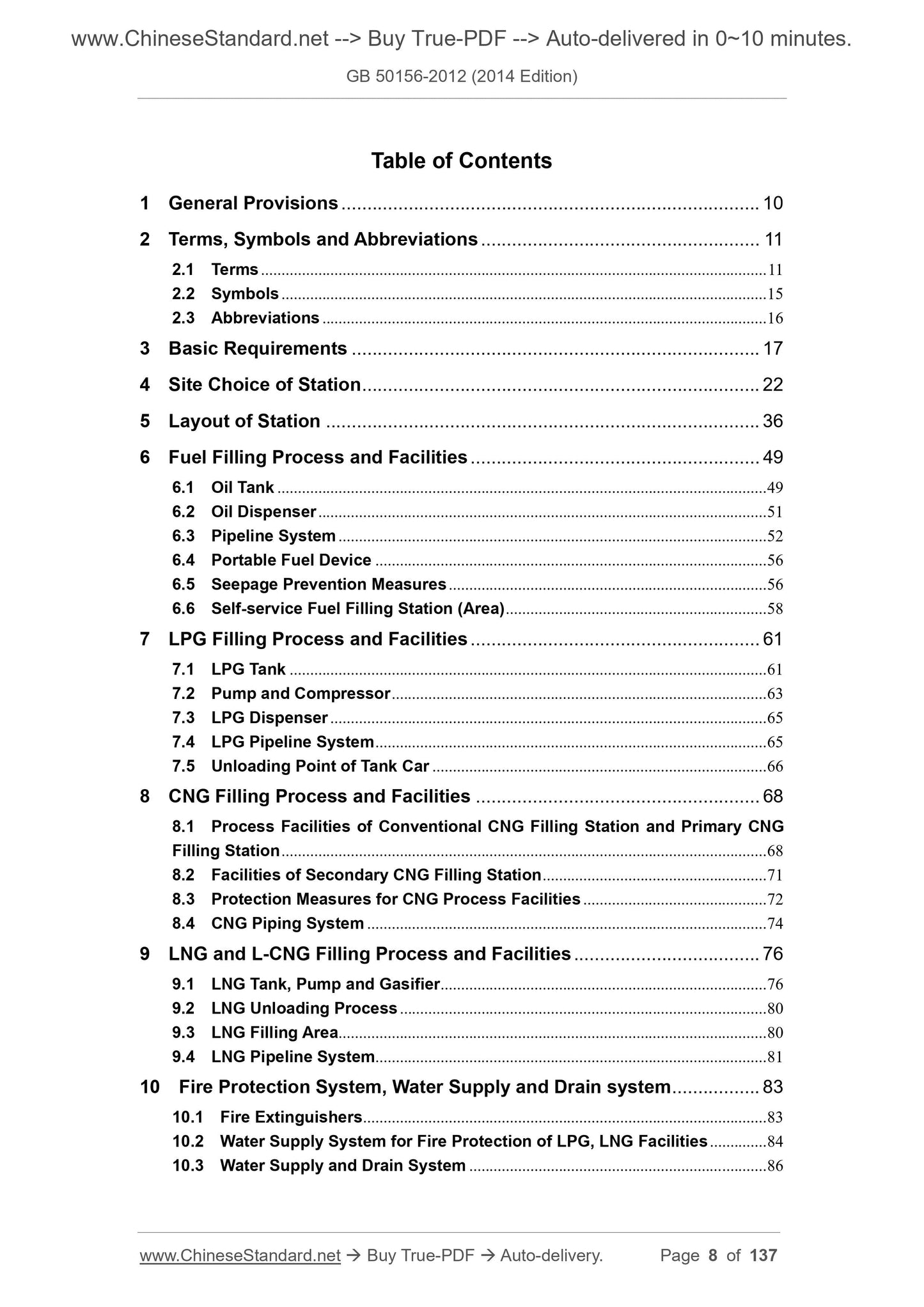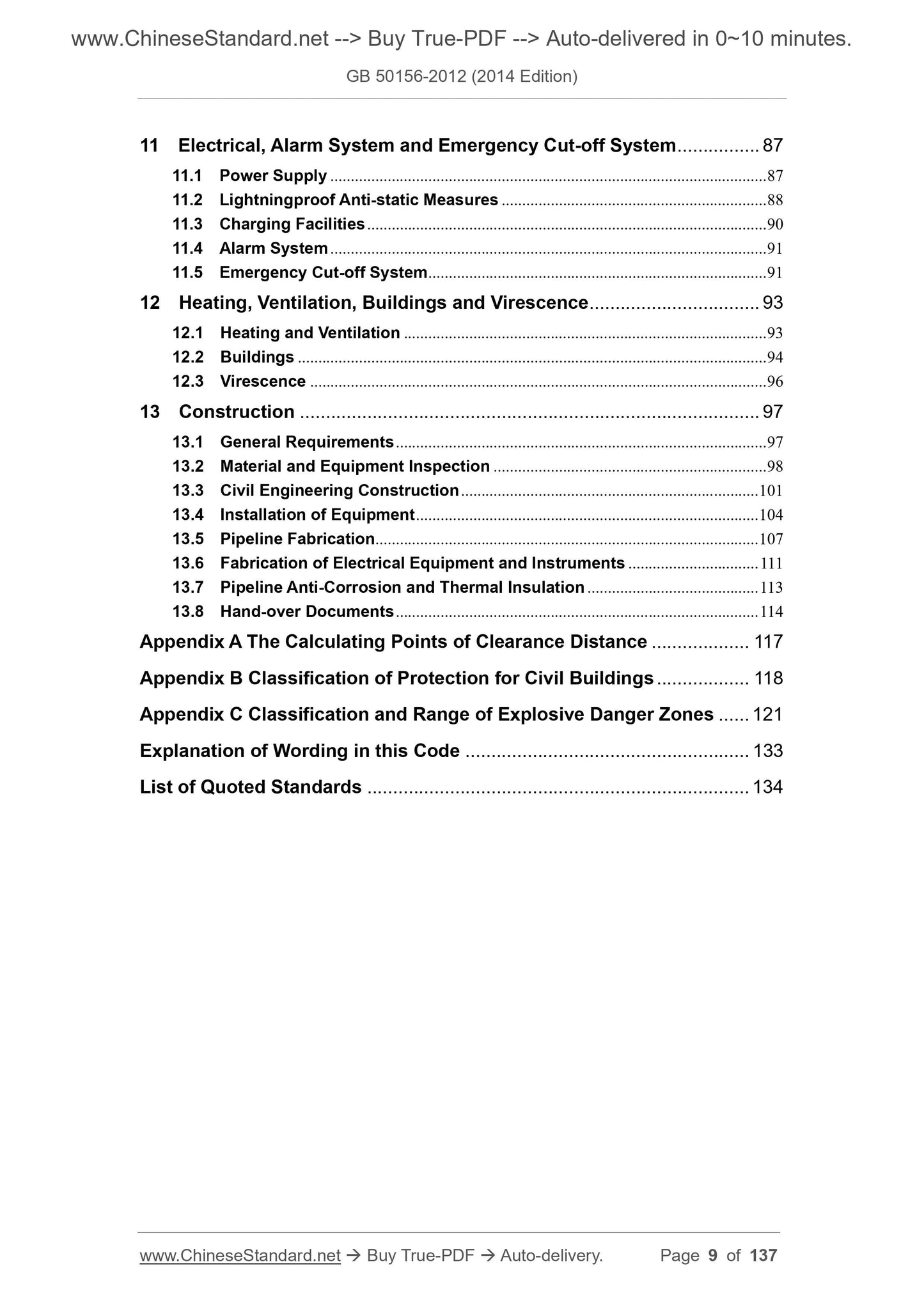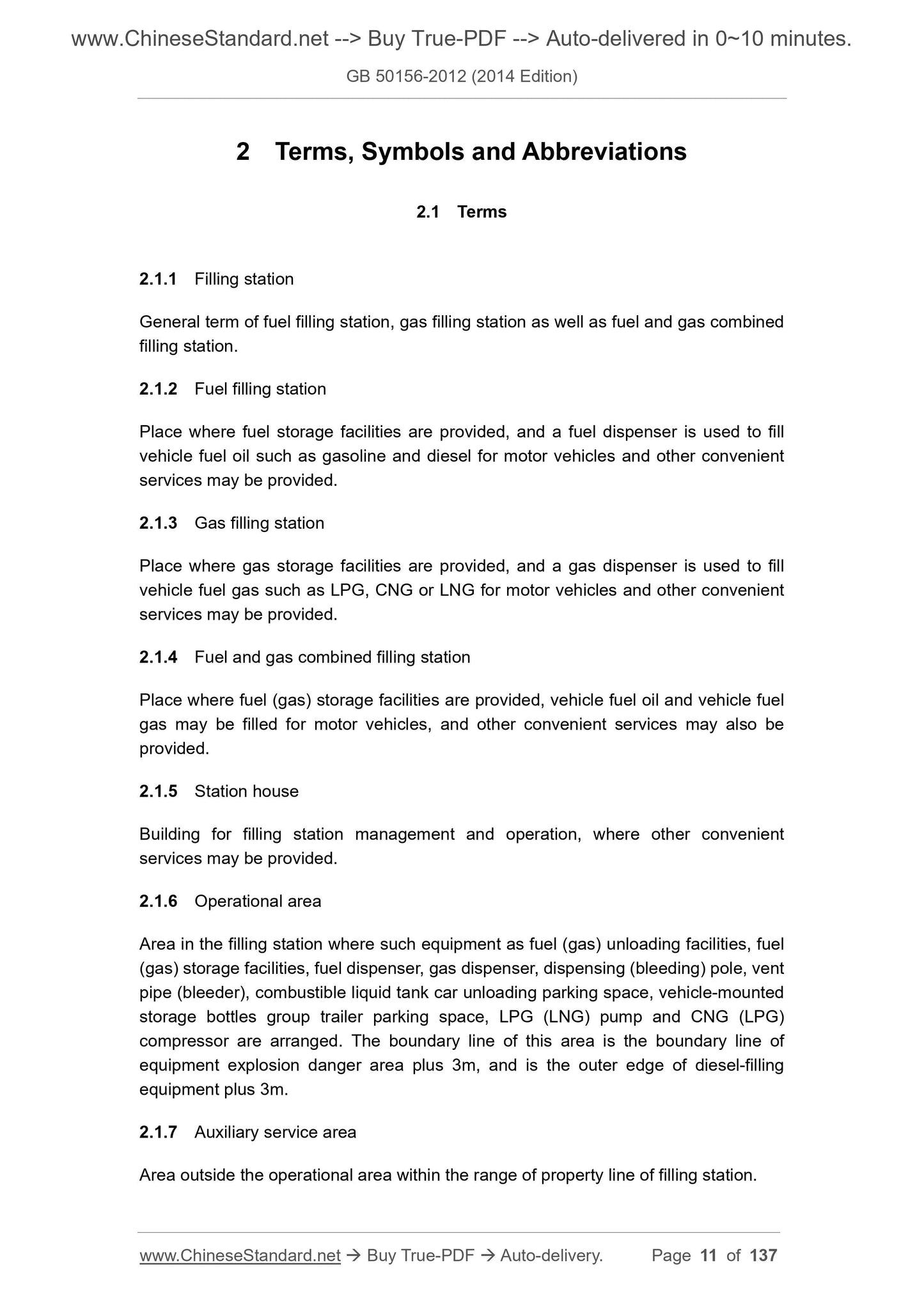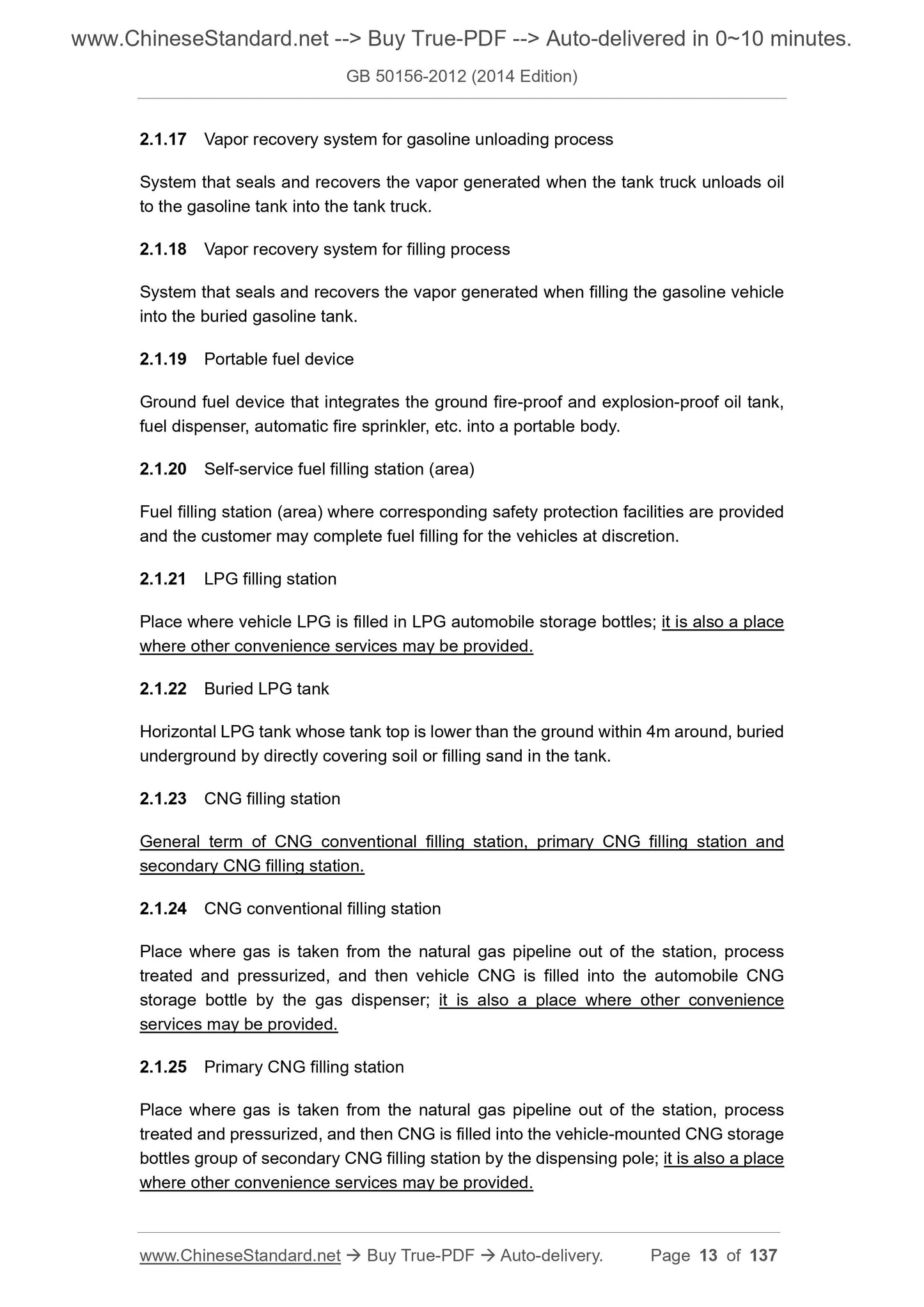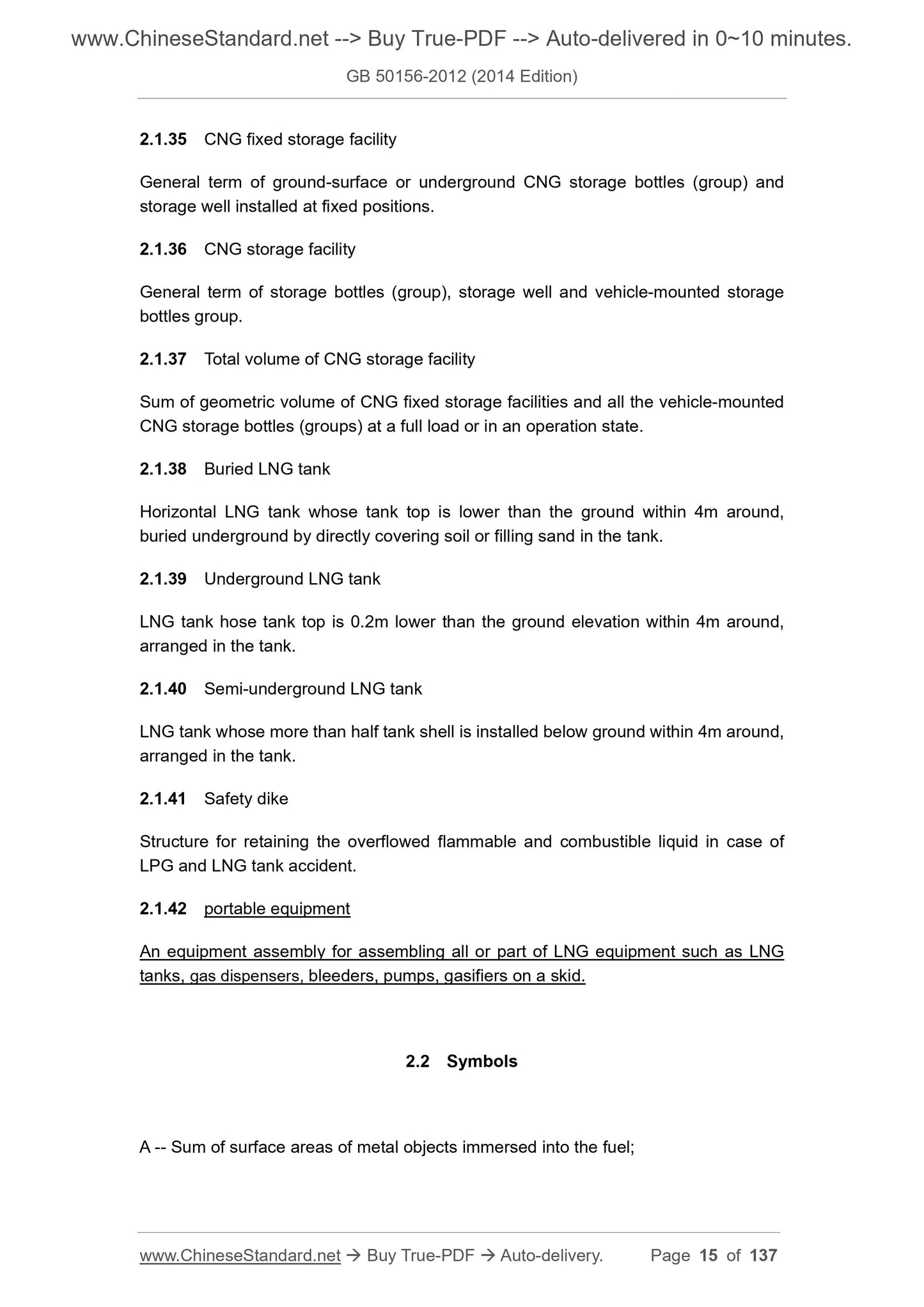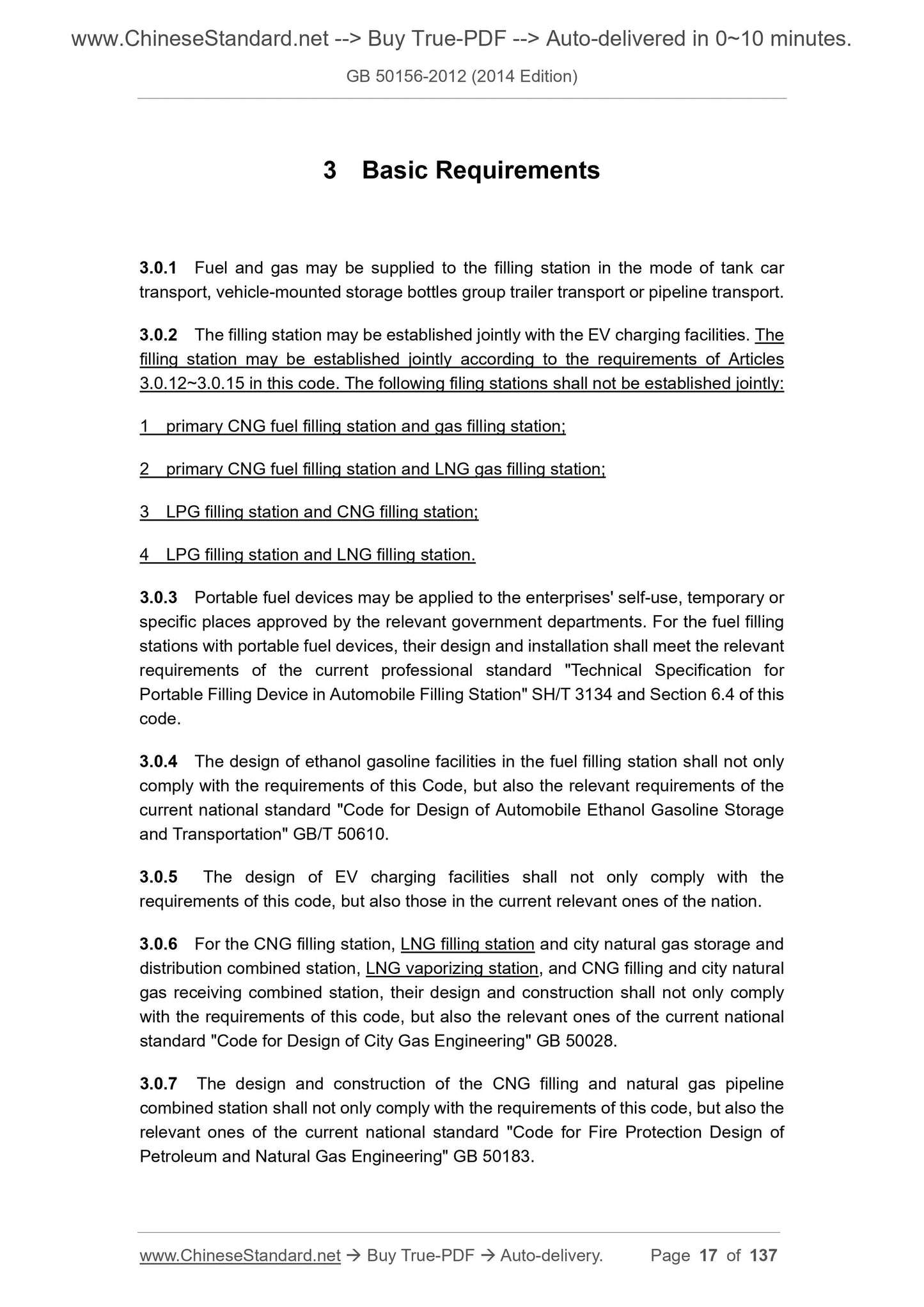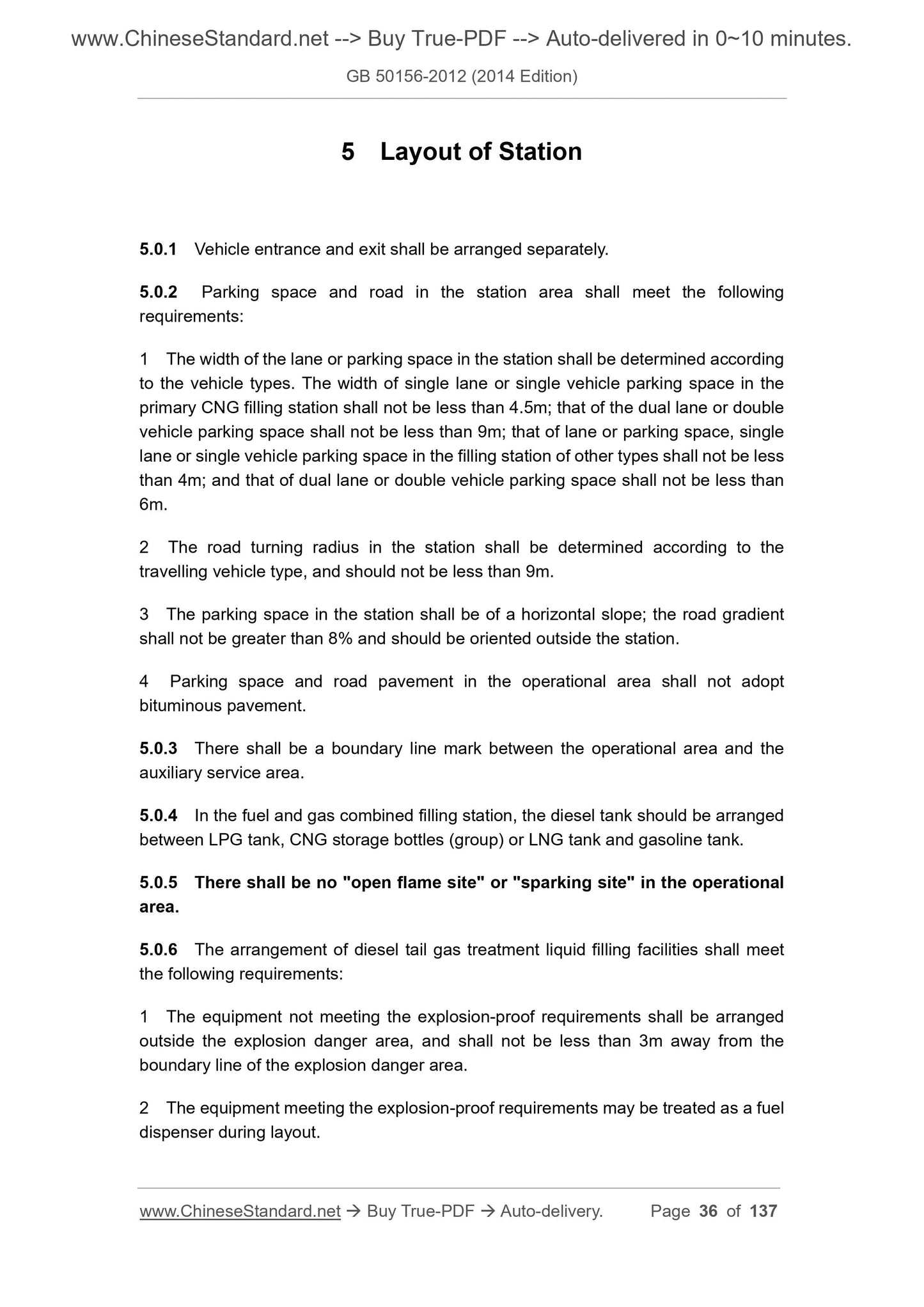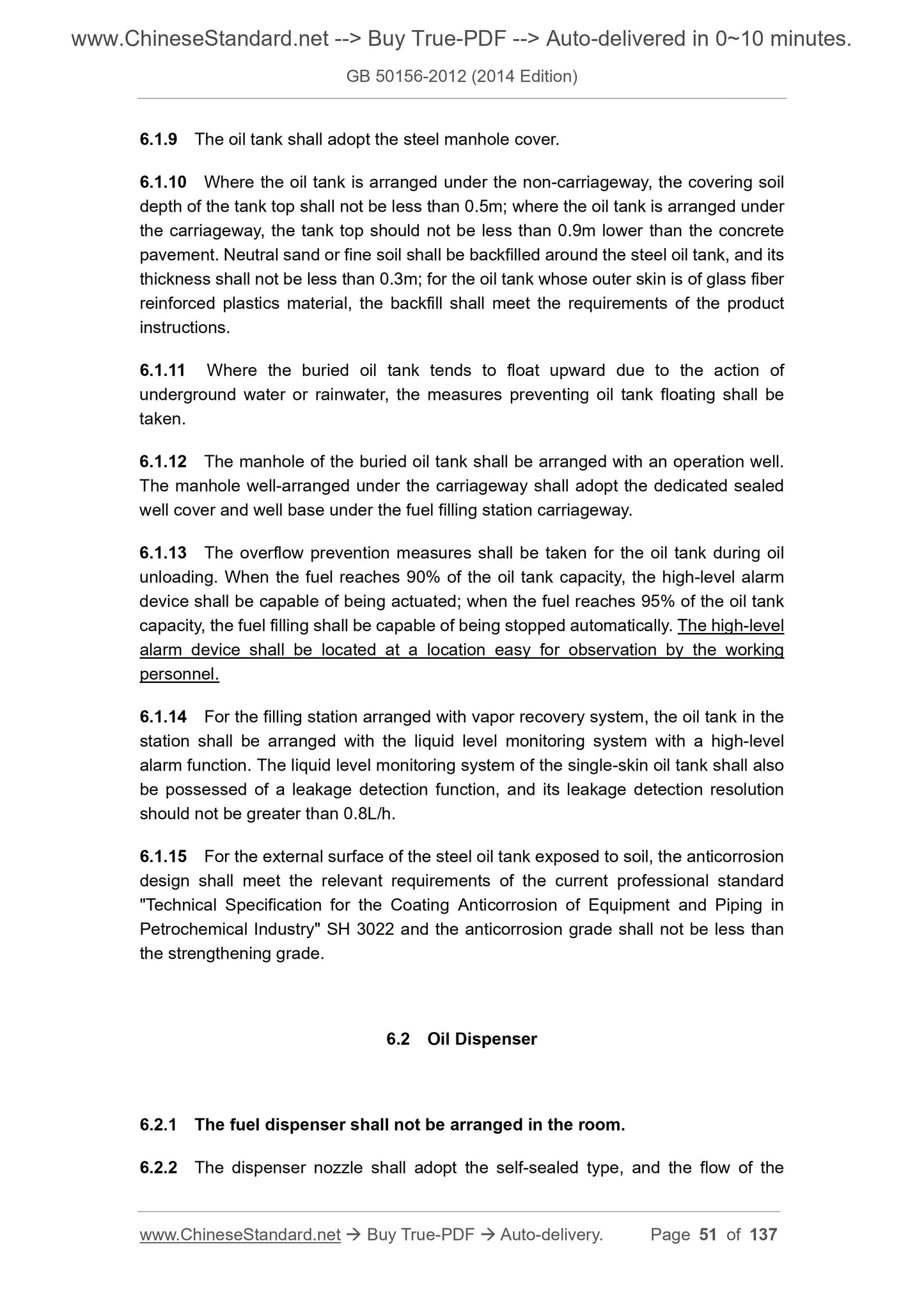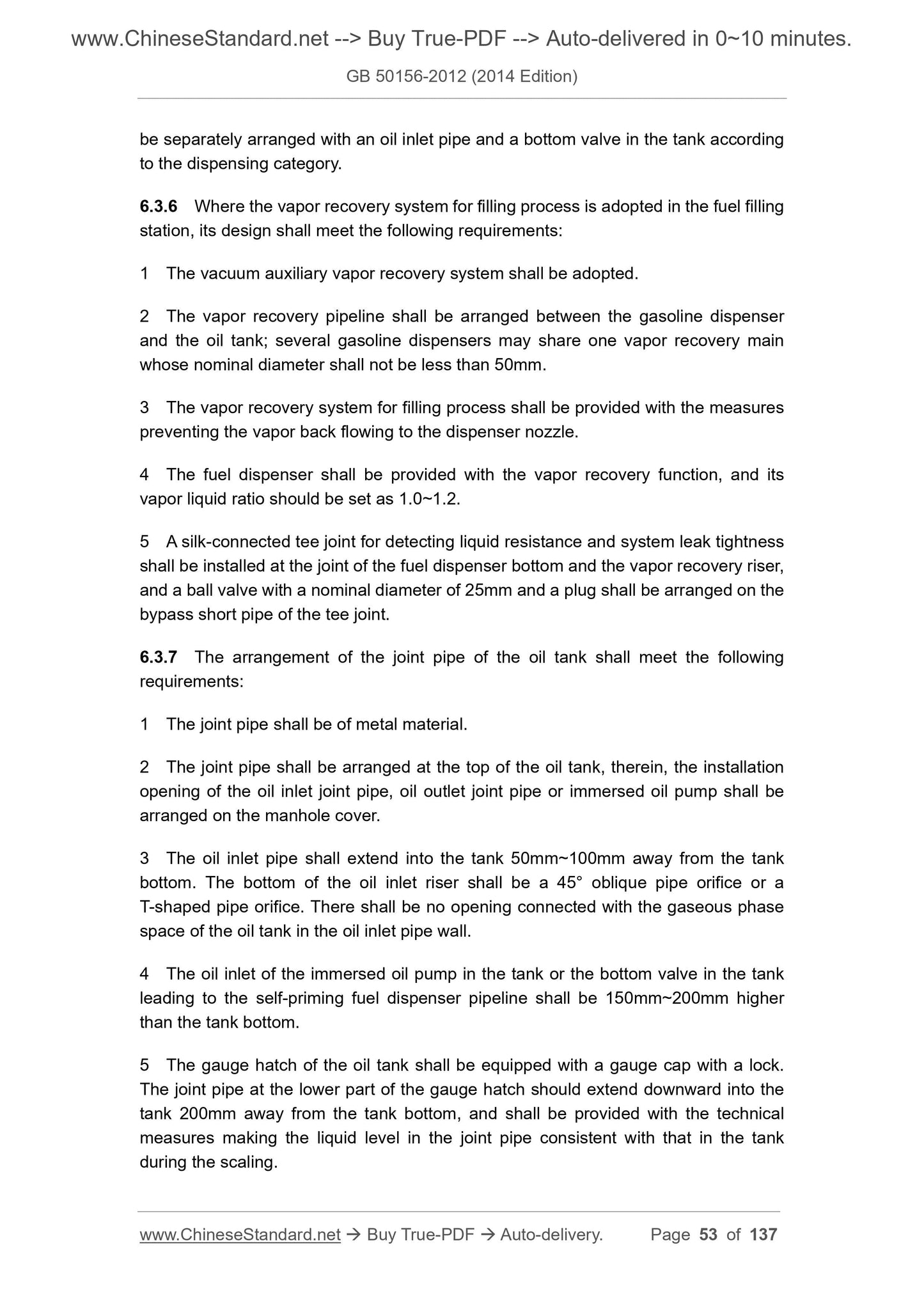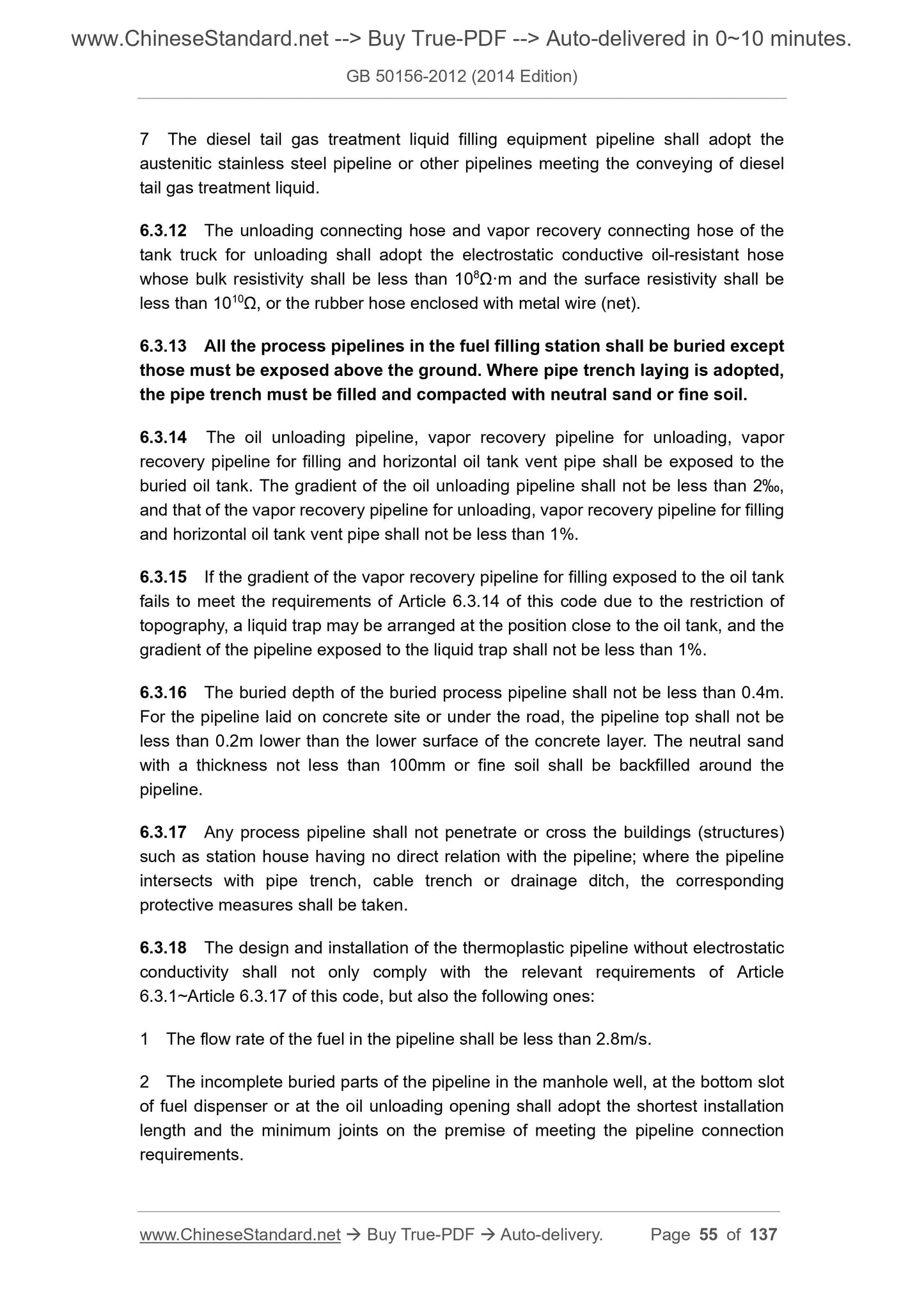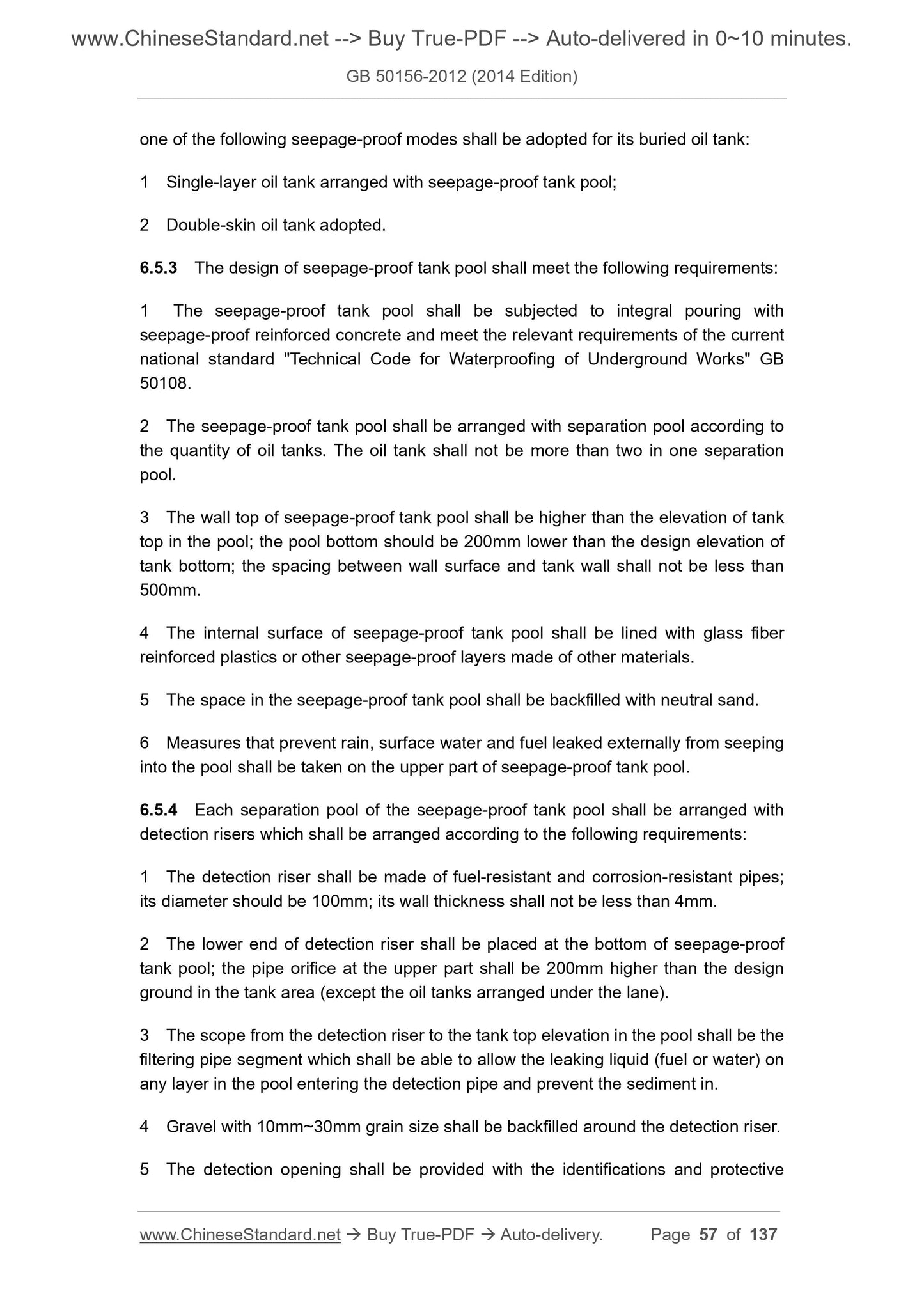1
/
of
12
PayPal, credit cards. Download editable-PDF & invoice in 1 second!
GB 50156-2012 English PDF
GB 50156-2012 English PDF
Regular price
$230.00
Regular price
Sale price
$230.00
Unit price
/
per
Shipping calculated at checkout.
Couldn't load pickup availability
GB 50156-2012: [Including 2014XG1] Code for design and construction of filling station
Delivery: 9 seconds. Download (and Email) true-PDF + Invoice.Get Quotation: Click GB 50156-2012 (Self-service in 1-minute)
Newer / historical versions: GB 50156-2012
Preview True-PDF
Basic Data
| Standard ID | GB 50156-2012 (GB50156-2012) |
| Description (Translated English) | [Including 2014XG1] Code for design and construction of filling station |
| Sector / Industry | National Standard |
| Classification of Chinese Standard | P34 |
| Classification of International Standard | 91.040.20 |
| Word Count Estimation | 192,192 |
| Older Standard (superseded by this standard) | GB 50156-2002 |
| Quoted Standard | GB 50009; GB 50011; GB 50026; GB 50028; GB 50058; GBJ 97; GB 50108; GB 50126; GB 50140; GB 50168; GB 50169; GB 50171; GB 50183; GB 50202; GB 50203; GB 50204; GB 50205; GB 50207; GB 50209; GB 50210; GB 50231; GB 50242; GB 50257; GB 50264; GB 50275; GB 5030 |
| Regulation (derived from) | Bulletin of the Ministry of Housing and Urban No. 1435 |
| Issuing agency(ies) | Ministry of Housing and Urban-Rural Development of the People's Republic of China; General Administration of Quality Supervision, Inspection and Quarantine of the People's Republic of China |
| Summary | This Chinese standard applies to new construction, expansion and renovation of automobile gas stations, filling stations and refueling co Build engineering design and construction. |
Share
